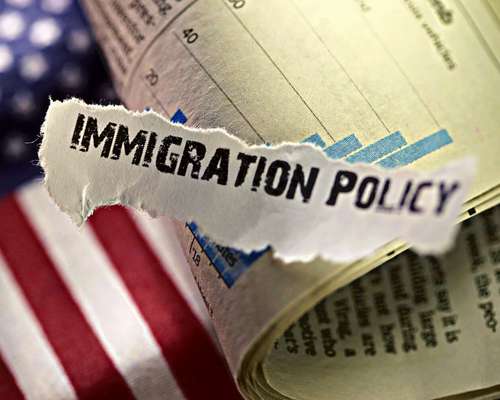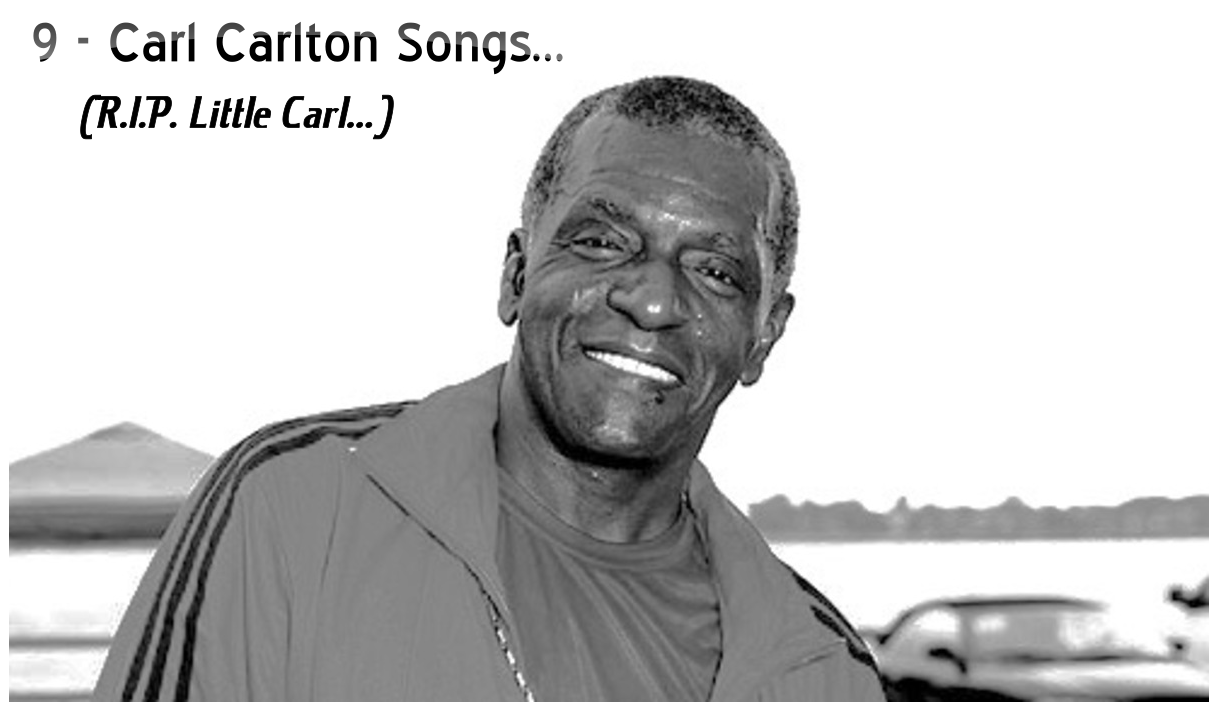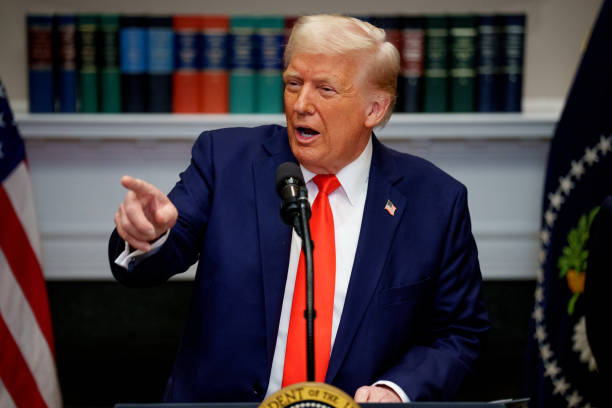(ThyBlackMan.com) For many years & still today, there is a myth in our community that “Once you become successful, you have to get out of the hood and away from your own people“. And because of this myth, many of our best and brightest athletes, entertainers, rappers, etc. buy into this myth and therefore become very desensitized from the struggles that the rest of us go through on a daily basis in this country.
Here are excerpts from an article in The Atlantic:
“Elizabeth Kneebone, a fellow at the Metropolitan Policy Program at the Brookings Institution, looked at numbers from the 2010 to 2014 American Community Survey and found that 39 percent of African Americans live in the suburbs, 36 percent live in cities, 15 percent live in small metropolitan areas, and 10 percent live in rural communities. That’s a noticeable shift from 2000, when 41 percent of African Americans lived in cities, 33 percent lived in suburbs, 15 percent lived in small metro areas, and 11 percent lived in rural communities.”
live in small metropolitan areas, and 10 percent live in rural communities. That’s a noticeable shift from 2000, when 41 percent of African Americans lived in cities, 33 percent lived in suburbs, 15 percent lived in small metro areas, and 11 percent lived in rural communities.”
“There was a time when even more African Americans lived in urban areas: After the Great Migration, many blacks moved north for job opportunities. They were relegated to urban cores because they weren’t allowed to live anywhere else”
Intro: Here are the downsides of “African-Americans” moving to the suburbs
1. Identity Issues – One of the biggest downsides of moving to the suburbs in the internal conflict of assimilation vs self-love. It doesn’t take long for inner city kids to realize that they’ve been removed from the social aspect of their cultural identity and that alone causes them to pretend to be something that they’re not because the best they can do is to be a cheap second rate substitute for a suburban person.
2. Cultural Isolation – Suburbs have a very notorious reputation for not having very good cultural centers for a reason. Aside from the mall and the church, there is very little reminder for inner city youth that there is “diversity” on the other side of the fence. And seeing themselves only as athletes & entertainers in mainstream media in the suburbs certainly doesn’t help matters either.
3. Limited Autonomy – Suburbs don’t have the infrastructure of the public transportation that does very high levels of mobility like the inner city does. There are also no subways or bus routes in the suburbs and it’s even rare to even see a taxi in the suburbs.
4. Thin Resources – Access to information for inner city people is very limited in the suburbs is very limited because a suburban librarian is more likely to service people that look like them than people that don’t even look like them.
The Conclusion – If you wanna maintain your self-esteem, pride, and identity, being around people who look like you is far more rewarding than being closer to people who don’t look like you.
Staff Writer; Joe Davis
FB Page; http://www.facebook.com/joe.davis.165470

















The difference between the suburbs and cities is allies……